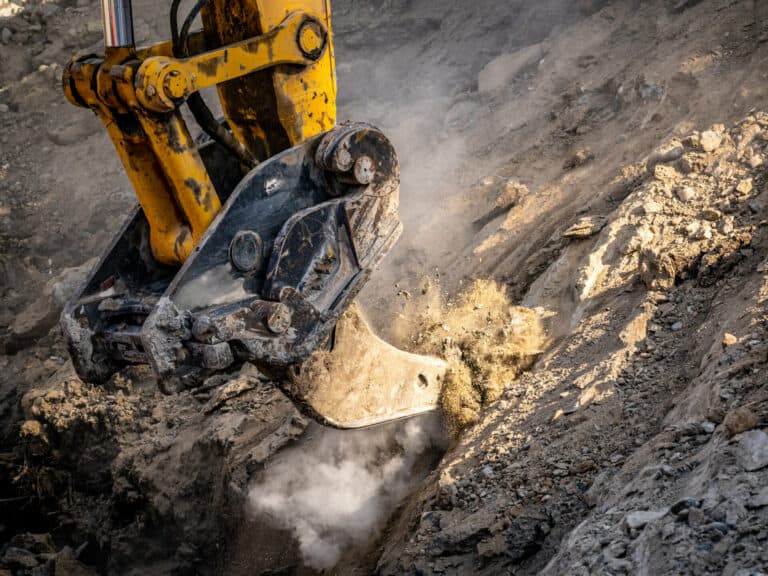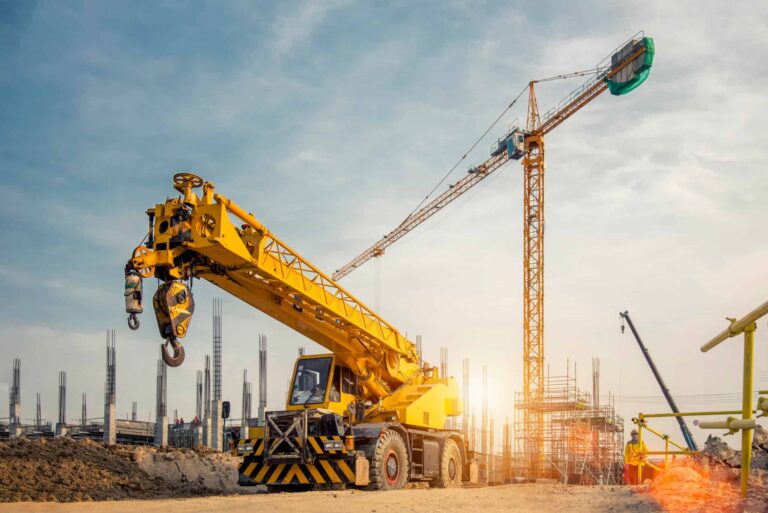Aftermarket Parts, Yay or Nay?
The World of Aftermarket Parts
In the realm of heavy equipment, the term “aftermarket” is as commonplace as the machinery itself. According to Merriam-Webster, the aftermarket refers to “the market for parts and accessories used in the repair or enhancement of a product.” It’s often viewed as the realm of “off-brand” products when compared to their original equipment manufacturer (OEM) counterparts. A familiar analogy can be drawn from the world of grocery shopping. Consider the choice between buying store-brand products or sticking to well-known name brands. Typically, store-brand items offer comparable quality, with the primary distinction being the price. Some opt for store brands driven by budget considerations, while others remain loyal to name brands. Neither choice is inherently superior, and in the heavy equipment industry, a parallel principle applies. Aftermarket parts are frequently chosen over OEM parts to repair equipment while saving costs.
Unpacking the Aftermarket Universe
The term “aftermarket” is integral to the heavy equipment industry, encompassing a vast array of parts and accessories used for repairs or enhancements. In many ways, it’s akin to the choice between generic and name-brand products in grocery shopping. Store-brand items are often on par with well-known brands, with the primary distinguishing factor being the price. Similarly, the heavy equipment sector offers a choice between aftermarket and OEM parts, driven by budget considerations and preferences.
Trusting the Aftermarket: Quality Assurance
The trustworthiness of aftermarket parts, compared to their OEM counterparts, is a subject of frequent scrutiny, particularly given the substantial value of the equipment they serve. Nobody wants to invest in a part that might compromise a machine’s performance rather than rectifying it. However, the reservations about aftermarket parts are largely unwarranted. Aftermarket parts are trusted alternatives, often matching or surpassing the quality of OEM parts. They fulfill the same functions and are frequently indistinguishable copies of OEM components, except for the branded label. Numerous companies specialize in producing aftermarket products and have invested significant effort in perfecting their quality and reliability.
Why Choose Aftermarket Parts?
Understanding the popularity of aftermarket parts involves examining the factors that make them highly sought after by consumers. Two primary factors contribute to their appeal:
1. Cost Savings: The Bottom Line Advantage
One of the most compelling reasons to consider aftermarket parts is cost savings. Equipment repairs are rarely a cause for celebration due to the associated expenses, but they are often necessary. Opting for cost-effective aftermarket parts can make these necessary expenditures more palatable.
2. Availability: Time Is of the Essence
In the equipment industry, time is money, and the availability of a part can be a crucial factor for businesses. Aftermarket parts are generally easier to find than OEM parts. There are instances when OEM parts are unavailable, making aftermarket alternatives the only viable option. Whether you’re looking to save money or require a part urgently, aftermarket options are practical choices that minimize downtime and keep your operations running smoothly.
Navigating the Aftermarket Waters
In the age-old debate of aftermarket parts versus OEM offerings, the verdict is clear: aftermarket parts are trusted alternatives commonly used in heavy equipment repair and maintenance. They provide an opportunity for substantial cost savings without compromising quality or reliability. Furthermore, their ready availability is a significant advantage, especially in time-sensitive situations where equipment downtime can translate into financial losses.
Ultimately, the decision between aftermarket and OEM parts hinges on individual preferences, budget constraints, and the specific needs of each repair or maintenance project. The key takeaway is that the aftermarket parts industry has evolved to become a dependable, cost-effective, and accessible resource that should not be overlooked when it comes to keeping your heavy equipment in peak operating condition. So, the next time you’re faced with the choice, you might find yourself saying, “Yay” to aftermarket parts.



